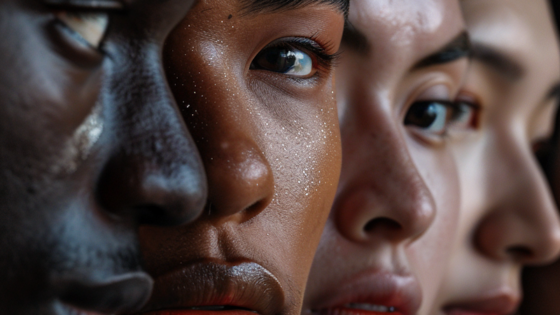on
BY SIMONE J. SMITH
In recent years, the inclusion of transgender athletes in competitive sports has sparked intense debates and discussions. This issue is complex, and touches on matters of: fairness, inclusion, science, and human rights. To understand why this has become such a contentious topic, we need to explore the various perspectives involved.
The crux of the controversy lies in the question of fairness in competition. Many argue that transgender women, who were assigned male at birth, may retain physical advantages over cisgender women, even after transitioning. These advantages might include: muscle mass, bone density, and cardiovascular capacity. There are studies showing that even with hormone therapy, some physiological differences may persist, potentially giving transgender women an edge in certain sports. However, the extent and impact of these differences can vary widely.
Advocates for transgender rights emphasize the importance of inclusion and equality. They argue that sports should be accessible to everyone, regardless of gender identity. Excluding transgender athletes can contribute to their marginalization and perpetuate discrimination
Sports governing bodies around the world have been grappling with how to balance these competing concerns. Organizations like the International Olympic Committee (IOC) and NCAA have implemented policies requiring transgender women to undergo hormone therapy and meet specific criteria to compete in women’s categories. The goal; to create a level playing field while respecting the rights of all athletes.
Before we go any further, and beyond the debates and policies, it’s essential to remember the human element. Transgender athletes are individuals with dreams, aspirations, and a desire to participate in sports like everyone else. Their stories and experiences highlight the need for empathy and understanding in this debate. At the end of the day, we are talking about people who just want to be part of something bigger than themselves. It’s about belonging, acceptance, and the love of the game.
In saying that, there are a growing group of people who feel that the inclusion of “transgender” participants in women’s sports is not just unfair, it can be extremely dangerous to the women participating. Last week I received some recent examples of the harm these inclusive policies cause:
- In the UK, the Rugby Football Union was forced to admit that the inclusion of transgender men in the sport posed significant safety risks, with biological women experiencing increased injury rates, including serious concussions and fractures, when competing against “transgender” players.
- Tiffany Abreu (born Rodrigo Pereira de Abreu) began claiming to be female and joined a women’s Brazilian volleyball team and is reveling in smashing records and dominating games thanks to what some are saying the physical advantages of a biologically male body.
- Terry Miller and Andraya Yearwood turned girls’ high school track in the US into a what some see as a farce, consistently and overwhelmingly defeating biological girls and robbing them of titles, scholarships, and dreams.
Unfortunately, when the women and girls thrown under the bus for “transgender” inclusion complain, they are: ostracized, losing scholarships, placement on their team, and sometimes even facing violence for their stance. American swimmer Riley Gaines, an outspoken defender of women’s sports, was forced to desperately hide in a barricaded room for hours on a college campus while a mob outside showed their displeasure in her advocacy.
The policy from the IOC simultaneously calls for fairness AND politically correct inclusion and then abdicates the responsibility to decide whether, or not biological men can bully their way into women’s events, instead leaving that decision to each sport’s association.
Recently, some sports associations are making shifts and are taking steps by banning “transgender” men from competing in women’s categories. The World Boxing Council, for example, has come down on the side of women and prohibited biological males from stepping into the ring to raise their fists against women.
Scientific research is ongoing to better understand the physiological impacts of gender transition on athletic performance. This research is crucial for developing informed and fair policies. However, it is important to recognize that science alone cannot dictate policy; ethical and social considerations must also be taken into account. While science provides valuable insights, the ultimate decisions about inclusion in sports must also reflect our societal values of fairness, respect, and human dignity.
Stay in the loop with exclusive news, stories, and insights—delivered straight to your inbox. No fluff, just real content that matters. Sign up today!
We, as humans are guaranteed certain things in life: stressors, taxes, bills and death are the first thoughts that pop to mind. It is not uncommon that many people find a hard time dealing with these daily life stressors, and at times will find themselves losing control over their lives. Simone Jennifer Smith’s great passion is using the gifts that have been given to her, to help educate her clients on how to live meaningful lives. The Hear to Help Team consists of powerfully motivated individuals, who like Simone, see that there is a need in this world; a need for real connection. As the founder and Director of Hear 2 Help, Simone leads a team that goes out into the community day to day, servicing families with their educational, legal and mental health needs.Her dedication shows in her Toronto Caribbean newspaper articles, and in her role as a host on the TCN TV Network.












